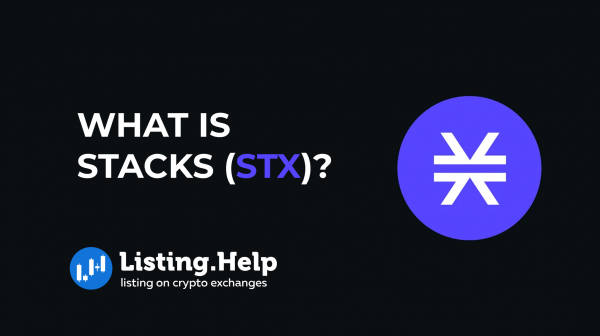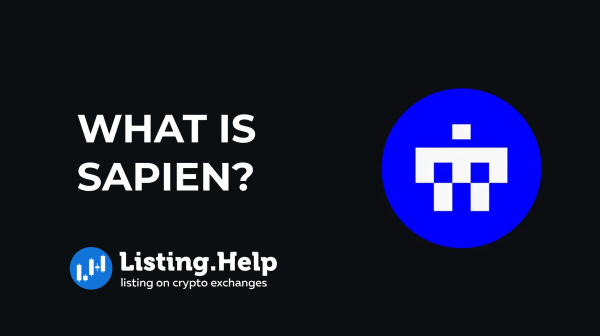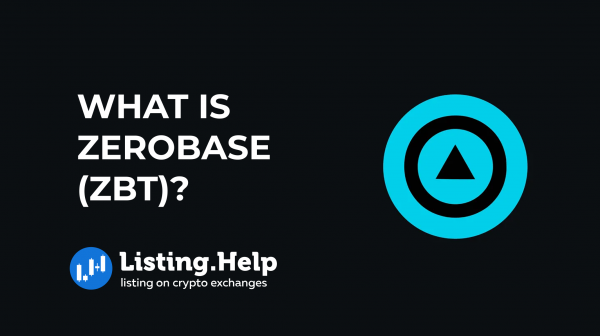Trading Manipulations. How to Prevent Crypto Market Manipulation?
 September 20, 2023
September 20, 2023 Updated: January 27 2025, 07:26
Updated: January 27 2025, 07:26
LEAVE A REQUEST
Launching your own token project? Our experts are ready to help with listing on exchanges, market making, marketing and other solutions
SUBMIT APPLICATIONTrading manipulation in cryptocurrency markets has emerged as a significant concern, casting a shadow over the authenticity and transparency of crypto transactions. Such manipulations not only sow seeds of distrust among global investors but also contribute to regulatory apprehensions, notably leading to the SEC’s reluctance to endorse a Bitcoin-based ETF. This unsettling scenario has the potential to undermine the very essence of blockchain: decentralized trust.
The adverse impacts of trading manipulations reverberate across various stakeholders, be they crypto-asset issuers, exchanges, or individual traders. If unchecked, these manipulative tactics can inflict irreparable damage, jeopardizing the very sustainability of projects and the broader crypto market’s trustworthiness.
Combating this menace requires a proactive approach grounded in education. While some manipulative patterns are glaringly evident, others are subtle, demanding keen observation and expertise to discern. This post serves as a primer, shedding light on certain manipulation tactics and equipping readers with knowledge to navigate the intricate waters of crypto trading with confidence.
What is Volume Manipulation?
Volume manipulation stands out as the foremost tactic in the labyrinth of crypto trading malpractices. The trading volume of an exchange serves as a magnetic force, attracting a larger user base, while the trading volume of a specific cryptocurrency offers insights into the potential and vitality of its associated project. For any cryptocurrency, robust volume stands as a testament to its legitimacy, market demand, and eligibility to be featured on prominent exchanges. Conversely, a lackluster volume rings alarm bells, pointing towards dwindling interest or market manipulation. The volume criteria, in essence, have become a survival imperative in the fiercely competitive crypto domain.
The allure of creating an appearance of high trade volume, be it genuine or fabricated, is immense. But how does one discern the authenticity of the volume? Disturbingly, research from both Alameda Research and Bitwise Asset Management suggests a substantial portion of the trading volume is smoke and mirrors. CoinMarketCap’s reported volumes, for instance, are plagued with nearly 70% fake volumes. Similarly, a staggering 95% of Bitcoin’s reported volume is alleged to be artificial. Such staggering statistics not only bewilder traders about asset and exchange selection but also underscore the significance of due diligence.
On the frontlines of volume analysis tools stand order books and their trade histories, available to public scrutiny on most exchanges. An initial point of verification is the ‘liveliness’ of the order book. Trades transpiring every few moments with a consistent spread indicate an active book. However, active does not necessarily equate to genuine. A genuinely ‘healthy’ order book should depict sporadic trades across various bid and ask levels.
Zooming into the details, you might observe trades consistently transacting between the top bid and ask, despite the broader spreads available. Such a pattern hints at wash trading, a subterfuge where a single entity, through automated bots, simultaneously buys and sells to artificially hike the volume. The illusion of high demand ensnares unsuspecting traders, leaving them stranded when they discern the market’s hollowness.
Yet, wash trading isn’t the pinnacle of volume manipulation sophistication. Another intricate maneuver involves two accounts, with one listing orders while the other executes trades on those very orders, both under the control of a single entity. Such machinations masquerade as genuine trades, but their sole intent is volume inflation. Recognizing such sophisticated schemes demands an adept, seasoned trading eye, emphasizing the importance of continuous education and vigilance in the crypto world.
What is Pump & Dump?
Price manipulation predominates predominantly in the realm of lower-tier tokens and exchanges, attributable to their liquidity deficit. While they remain susceptible due to their less established standing, it’s a misnomer to assume that top-tier tokens and well-liquid exchanges remain untouched by such tactics.
At its core, price manipulation aims to artificially elevate an asset’s price to subsequently offload it to unsuspecting buyers at a price starkly misaligned with the asset’s genuine market value. Crafty manipulators deploy tactics that bamboozle not just novice traders but also erudite ones, like market makers, orchestrating scenarios that mislead their predictive models and price references.
“Pump & Dump” stands out as the most notorious form of price manipulation. Here, orchestrators methodically amass an asset, causing its price to soar—the “Pump.” This sudden, orchestrated surge baits other traders, magnifying the ascent as they clamber aboard this seemingly lucrative bandwagon. Then, the orchestrators swiftly pivot, offloading their holdings — the “Dump” — plummeting the asset’s price and evaporating the investments of those ensnared in this ruse.
Yet, there are even craftier iterations where manipulators don’t merely dump all at once. They sell in intervals, baiting hopeful investors who interpret the initial price dip as transient. As these hopefuls invest further, the price momentarily rebounds, sometimes even peaking anew, only for the manipulators to pull the rug again. The aftermath? Manipulators walk away enriched, while the majority are left grappling with substantial losses.
What is Order Book Manipulation?
Order book manipulation, while not as widely known, is a sophisticated trick of the trade that primarily seasoned traders might encounter. The ruse involves a trader intending to promptly execute a buy or sell order by placing it at the forefront of the order book, assuming it’s primed for swift execution. However, in a blink, newer orders materialize, overshadowing the trader’s order and relegating it to lower tiers. This unexpected maneuver compels the trader to reconsider their original order’s viability.
In response, the trader, aiming for quicker execution, is driven to place a fresh order at an altered price. If they’re buying, this pushes the asset’s price upward, and if they’re selling, it drags it downward. This entire sequence, seemingly organic, plays right into the hands of the manipulator, who orchestrates this charade to shape the asset’s price trajectory to their advantage.
How to Prevent Trading Manipulation?
The transition of cryptocurrency to mainstream prominence has been accompanied by efforts from institutional entities to infuse the sector with increased credibility through technological advancements. A notable contributor, Nasdaq, has put forth a triad of tools tailored to counteract crypto market manipulation:
1. Nasdaq Market Surveillance (SMARTS): This tool operates as a watchdog, specifically engineered to promptly identify and dissect any market malpractice. By rendering a coherent and concise overview of trading activity, SMARTS streamlines the process for investigators to pinpoint aberrations or potentially deceitful actions in real-time.
2. Nasdaq Marketplace Services Platform: This innovation paves the way for a modernized trading experience by enabling exchanges to function seamlessly on the cloud. Drawing from the strength of Nasdaq’s Financial Framework, this platform endeavors to unify exchanges, optimizing operations under an umbrella of reliability and trust.
3. Digital Assets Suite: Crafted exclusively for the unique world of digital assets, this platform rides on the robustness of enterprise blockchain. Not only does it oversee the complete life cycle of digital assets, but it also pairs harmoniously with Nasdaq SMARTS to bolster surveillance capabilities.
While Nasdaq’s offerings represent a significant stride, the financial landscape is brimming with numerous other solutions aiming to fortify the integrity of the evolving crypto marketplace.
How can traders protect themselves from market manipulation?
Navigating the tumultuous waters of any trading market, cryptocurrencies included, demands a keen understanding of the inherent risks and the adoption of effective strategies to mitigate them. Here’s a guide for traders looking to insulate themselves from the adverse effects of market manipulation:
1. Embrace the HODL Mentality: Primarily, market manipulations sway short-term traders due to their transient nature. If you’re leaning towards a long-term holding strategy, or ‘HODLing’, the immediate ripples of such manipulations may barely scratch the surface of your investment. Over time, the market has a tendency to self-correct and neutralize short-lived manipulative effects.
2. Scrutinize Long/Short Position Ratios: Short-term traders, however, aren’t entirely at the mercy of manipulators. By keenly observing the ratio of long to short positions, traders can glean insights into potential market moves. A pronounced tilt towards long positions could signal an imminent dump, while a spike in short positions might indicate a looming pump. Consistently analyzing these trends across various timelines can reveal sudden, telltale shifts.
3. Diversify Your Crypto Portfolio: Rather than putting all your eggs in one basket, diversifying your investments across multiple cryptocurrencies can significantly cushion against manipulation-induced shocks. The essence of crypto portfolio diversification is to spread risks. If one of your assets faces manipulation-driven volatility, its impact is confined to just a segment of your entire portfolio.
4. Opt for Reputed Exchanges: The foundation of safe trading lies in the platform you choose. Always lean towards exchanges that have carved out a reputation for reliability and transparency. Newer or less active exchanges may lack the robustness to fend off manipulation attempts, making it crucial for traders to trade judiciously.
Conclusion
Concluding, it’s essential to recognize that the nuances discussed in this post barely scratch the surface of the complexities of market manipulations within the crypto sphere. While cryptocurrencies often draw attention for their vulnerability, manipulations are by no means exclusive to this sector, spilling over to securities, commodities, and beyond. The unique combination of limited liquidity and scarce regulation in the crypto world, unfortunately, makes it a more tempting playground for manipulators.

For deeper insights and a more comprehensive understanding of the crypto landscape, we invite you to explore our blog at https://listing.help/blog. Our platform offers a wealth of knowledge tailored to keep you updated and informed.




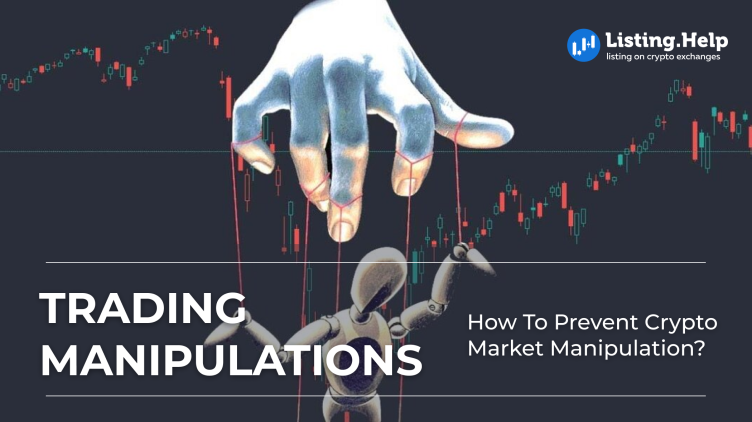

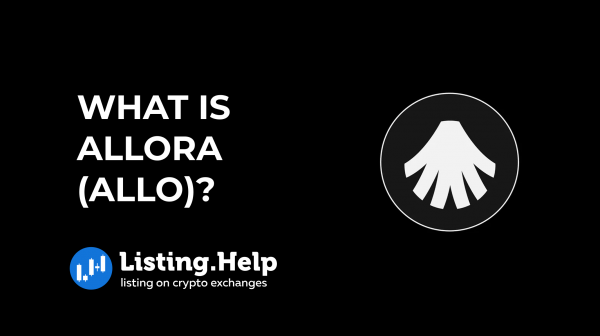
 December 29, 2025
December 29, 2025 


